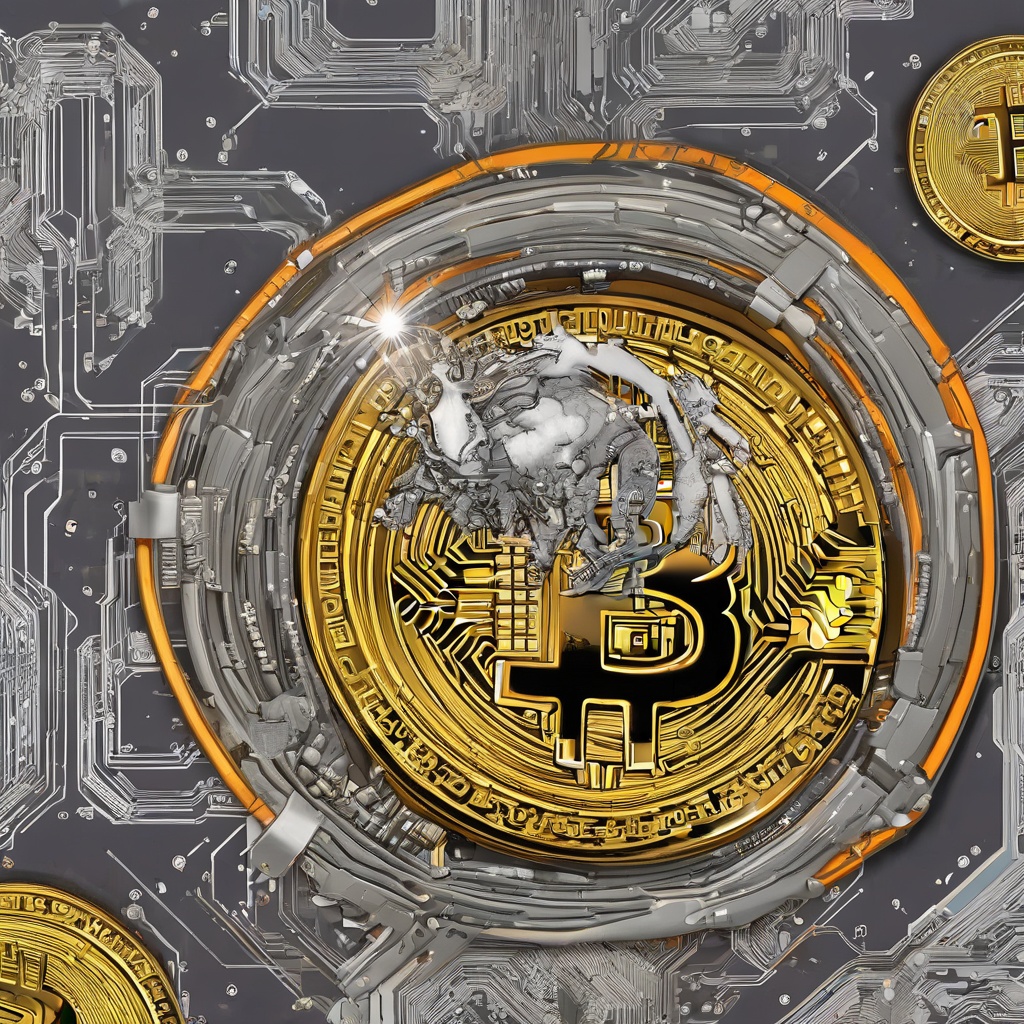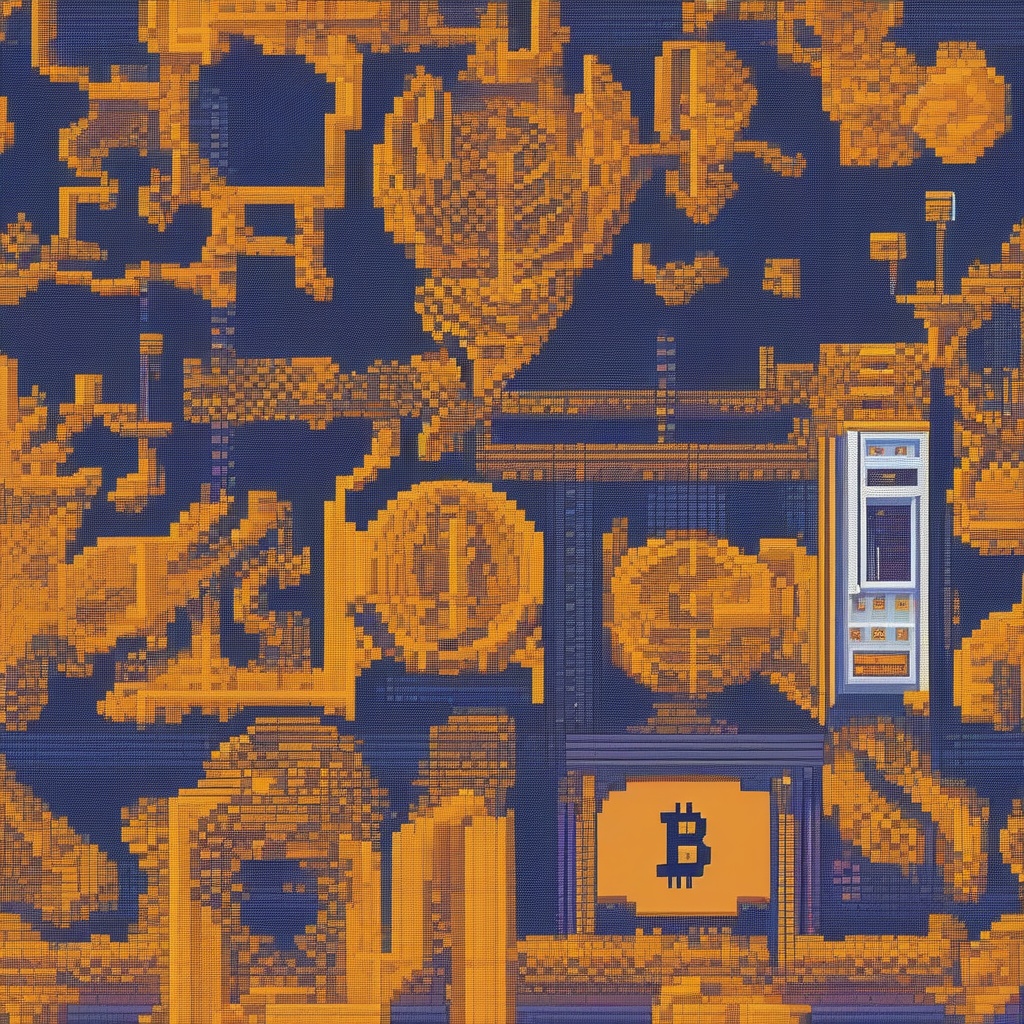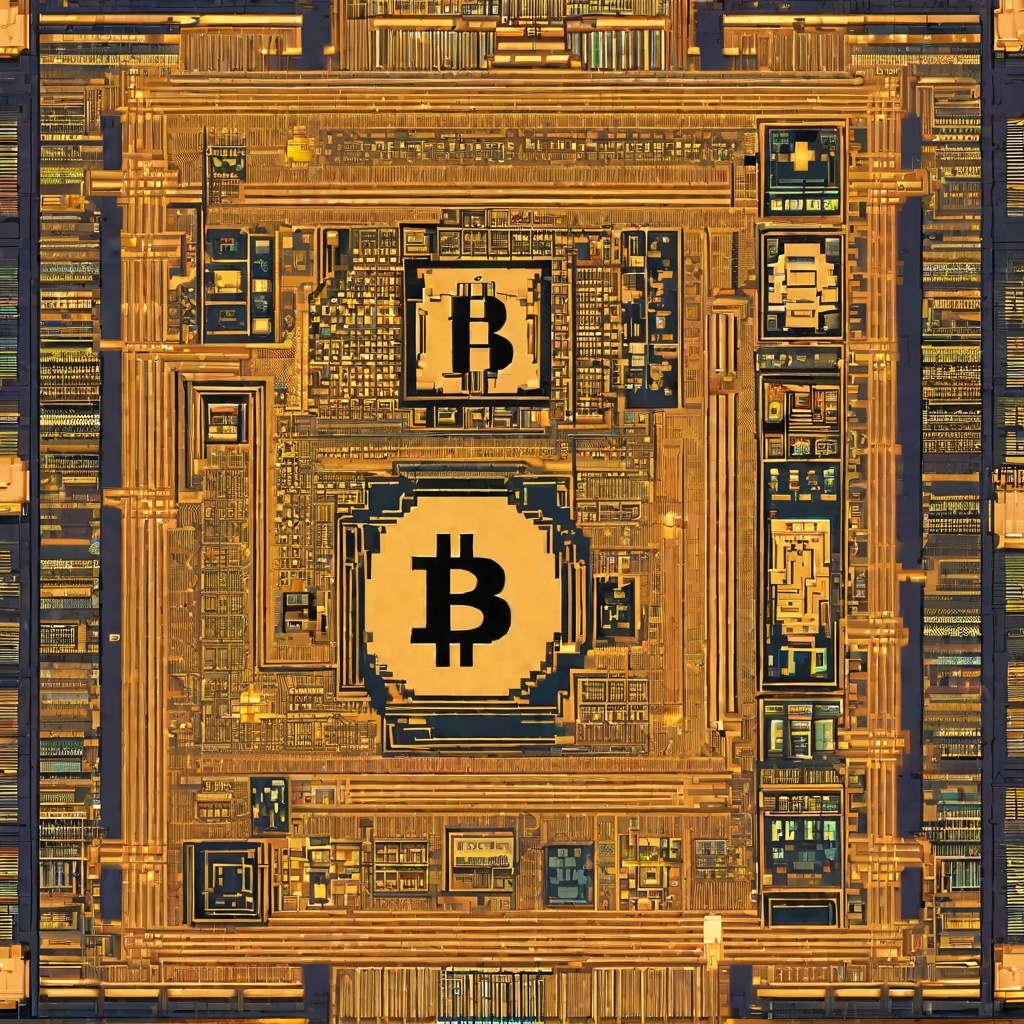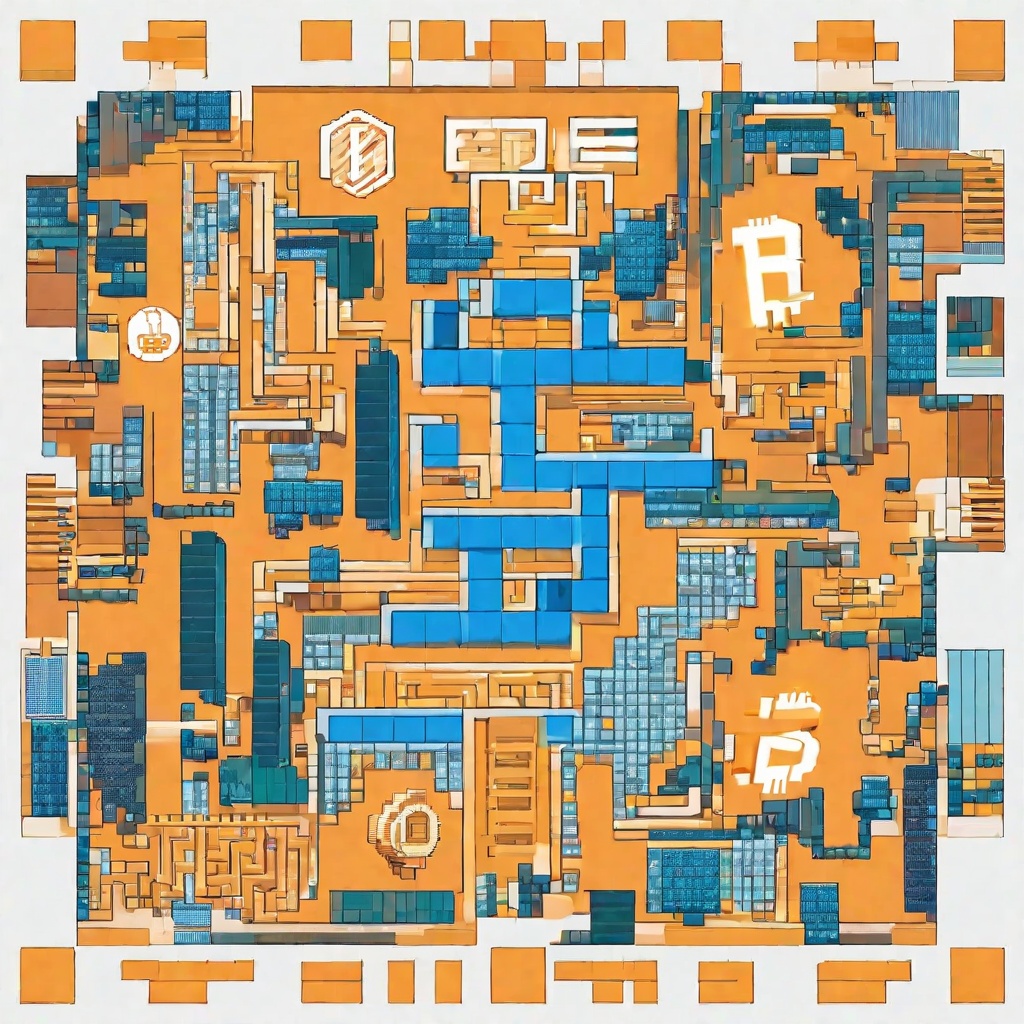What is the difference between Wbeth and Beth?
Could you please elaborate on the fundamental differences between Wbeth and Beth? I'm particularly interested in understanding how their functionalities, uses, and even their underlying technological principles differ. It seems to me that they are both related to Ethereum, but I'm having a hard time grasping the nuances between the two. Could you break it down for me in a way that's easy to understand? Your insights would be greatly appreciated.

What is the difference between Ethereum and mantle?
Could you kindly explain the fundamental differences between Ethereum and Mantle to me? I've been hearing a lot about these two platforms in the cryptocurrency and finance world, but I'm still a bit hazy on their distinct features. Ethereum, I understand, is a blockchain-based platform that enables the development and deployment of smart contracts and decentralized applications. But what exactly is Mantle, and how does it differ from Ethereum? I'm particularly interested in their use cases, scalability, and potential impact on the future of finance. Your insights would be greatly appreciated.

What is the difference between a coin and a token?
I'm curious, could you elaborate on the fundamental differences between a coin and a token in the realm of cryptocurrencies? I've heard these terms used interchangeably, but I sense there's more nuance to it. Does a coin operate independently on its own blockchain, whereas a token relies on an existing blockchain? And what about their functions and utilities? Are coins typically used as a means of exchange, while tokens might represent assets or utilities within a specific platform? I'm eager to understand the subtleties between these two terms and how they fit into the broader cryptocurrency ecosystem.

What is the difference between coin and token?
Could you kindly explain to me the fundamental difference between a coin and a token in the realm of cryptocurrency? I've heard these terms used interchangeably, but I'm curious about their distinct characteristics and functionalities. For instance, are coins standalone blockchain-based assets, whereas tokens might be built upon an existing blockchain platform? And how do these differences affect their use cases, market behavior, and overall value proposition? Your insights would be greatly appreciated as I'm eager to deepen my understanding of this fascinating field.

What is the difference between cosmos and Polkadot?
Could you elaborate on the key distinctions between Cosmos and Polkadot? I'm particularly interested in understanding how their architectures, functionalities, and approaches to interoperability differ. Could you provide examples or clarify any technical nuances that might help me grasp the nuances of these two blockchain ecosystems? Additionally, I'm also curious about the community support and adoption rates for each platform. How does each fare in terms of attracting developers, investors, and users? I'm eager to learn more about these projects and how they fit into the broader cryptocurrency and finance landscape.

